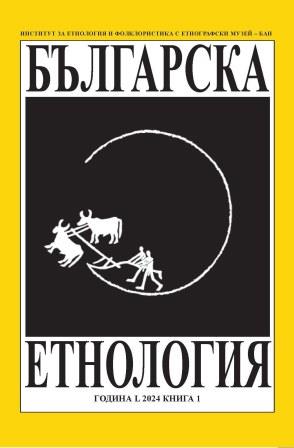Интердисциплинарни модели за преподаване с музейни колекции във висшето образование
Interdisciplinary Models of Teaching Through Museum Collections in Higher Education Today
Author(s): Liliana MilkovaSubject(s): Anthropology, Social Sciences, Museology & Heritage Studies, Customs / Folklore, Library and Information Science, Electronic information storage and retrieval, Education and training, Cultural Anthropology / Ethnology, Culture and social structure
Published by: Институт за етнология и фолклористика с Етнографски музей при БАН
Keywords: museum education; higher education; art; innovative methodology; generation Z
Summary/Abstract: The museum has long since gone beyond its function as a monolithic guardian and passive source of knowledge. Today, it is actively involved in the creation of social and individual meanings, as well as in the education of Generation Z students (born between approximately 1995 – 2015) in dozens of humanities and exact sciences fields. Museum collections and exhibitions offer a variety of educational opportunities for teaching in any university major. Academic literature indicates that a well-thought-out and structured live learning encounter with art objects or artefacts engages the visitor on a sensory and emotional level, creating the conditions for a deeper perception and understanding of given concepts or content. A successful educational experience in the museum is also determined by the use of appropriate pedagogical approaches, which help to establish the connection between the selected works in advance of the educational topic. This article presents six broadly applicable interdisciplinary models for teaching with art objects: the museum as an institution; visual and tangible literacy; art as context; art as a conceptual framework, art as primary text, and art as creative inspiration. Developed and utilized by the author in her many years of professional practice, these six models offer an accessible entry into the idea of the museum as a pedagogical partner and prolific space of learning. They allow educators from all disciplines, even those not traditionally involved with visual culture and the arts, to imagine how a museum visit can be structured and can contribute to specific educational goals and outcomes. The article perceives the 21st century museum as an accessible, inclusive and multimodal educational medium that emphasizes both the acquisition of knowledge and the development of skills and mindsets are particularly important for the success of Generation Z and its specific educational needs, styles and environments.
Journal: Българска етнология
- Issue Year: 2024
- Issue No: 1
- Page Range: 10-26
- Page Count: 17
- Language: Bulgarian

